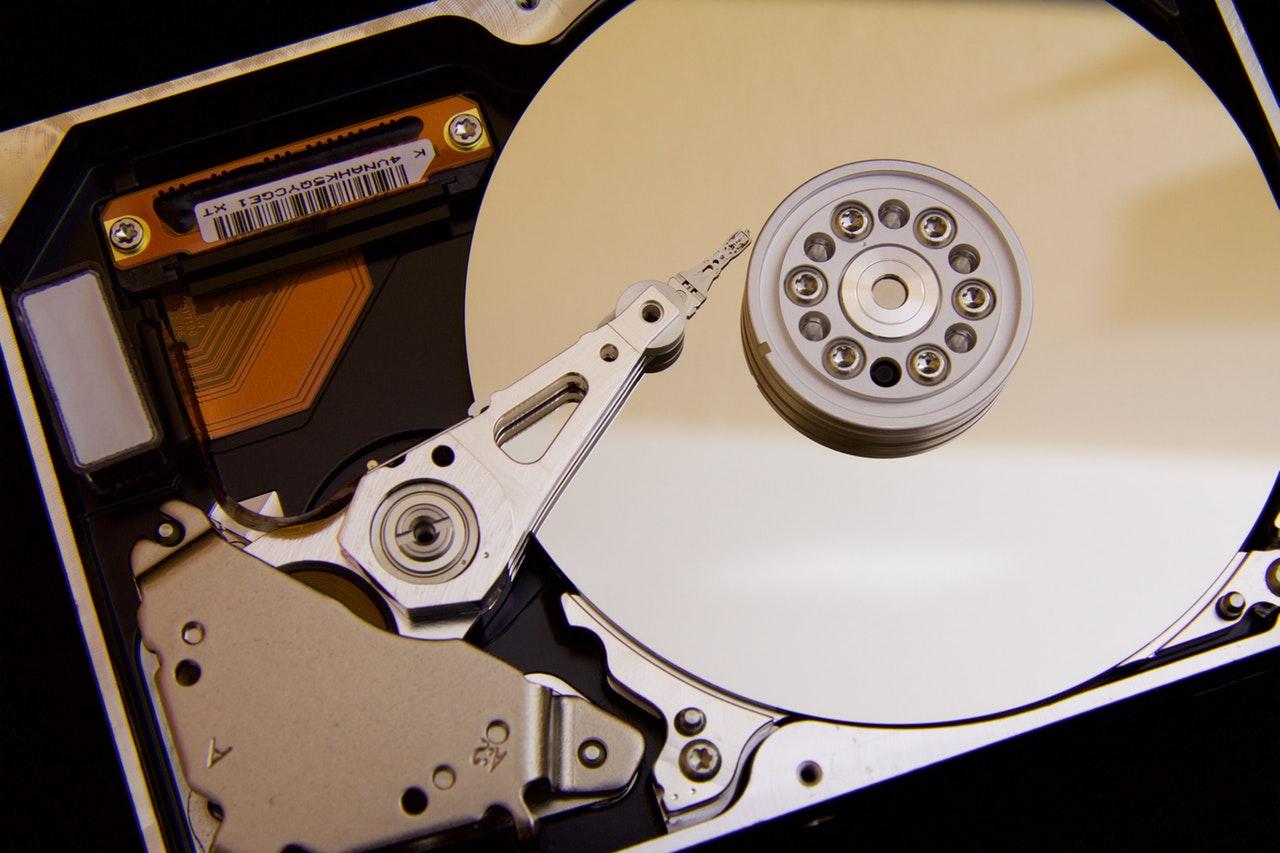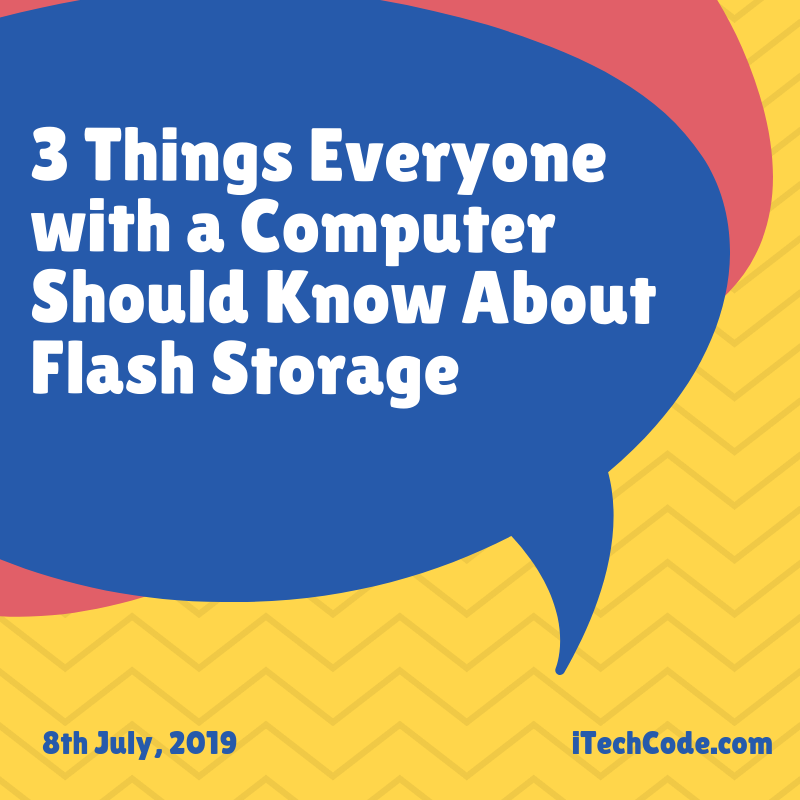3 Things Everyone with a Computer Should Know About Flash Storage Device
We use technology every day of our lives, but for those of us without a technical background, what actually goes on when we open our laptop or turn on our smartphone remains a bit of black box. Flash storage is one of the most important concepts in modern computing for the average user. Whether you’re on the hunt for a new computer or you simply want to be more informed about your tech, flash storage should be on your radar.
Not sure where to start? Don’t worry, we’ve got you covered. In this article, we’ll go over the top 3 things every consumer should know about flash storage, including:
- What is flash storage?
- How much flash storage do you need?
- What does flash storage look like on an enterprise-level?

A computer used to store data on mechanical disk drives, but with flash storage, things have changed for the better.
1. Flash storage is a type of non-volatile memory.
Once upon a time, computers relied on mechanical parts to store everything from operating system software to users’ files and photos. This traditional type of storage was known as disk storage because it relied on a rapidly spinning disk and magnets to encode information. As you might imagine, all of those moving parts wear out after a while, which can cause big problems when that’s how all of your essential information is stored.
Flash storage device is a non-volatile type of memory storage, which means it relies on electronically programmable memory cells to store data instead. It’s faster and more reliable than disk storage, making it a better option for most personal and enterprise computing situations.

Some tasks — like storing and manipulating lots of creative files — require more storage than others.
2. The amount of flash storage you need depends on what you’re using your computer for.
People who use their devices for memory-intensive operations — storing and manipulating lots of photos and videos, for example, or running robust programming environments — might need more storage available to them. Of course, there’s also the option of buying an external hard drive for additional storage, which particularly in the case of those with many photos or videos, can be a great investment.
3. Your enterprise doesn’t have to figure out its flash storage needs alone.
Feeling lost when it comes to enterprise flash storage solutions for your company? Don’t. There are countless IT providers out there that can make the process much easier. Sometimes the easiest way to figure out the right solution is to call in an expert.
There you have it — the flash storage basics every computer owner should know. Have more flash storage questions? Let us know in the comments!


You can also stay updated by subscribing to iTechCode.